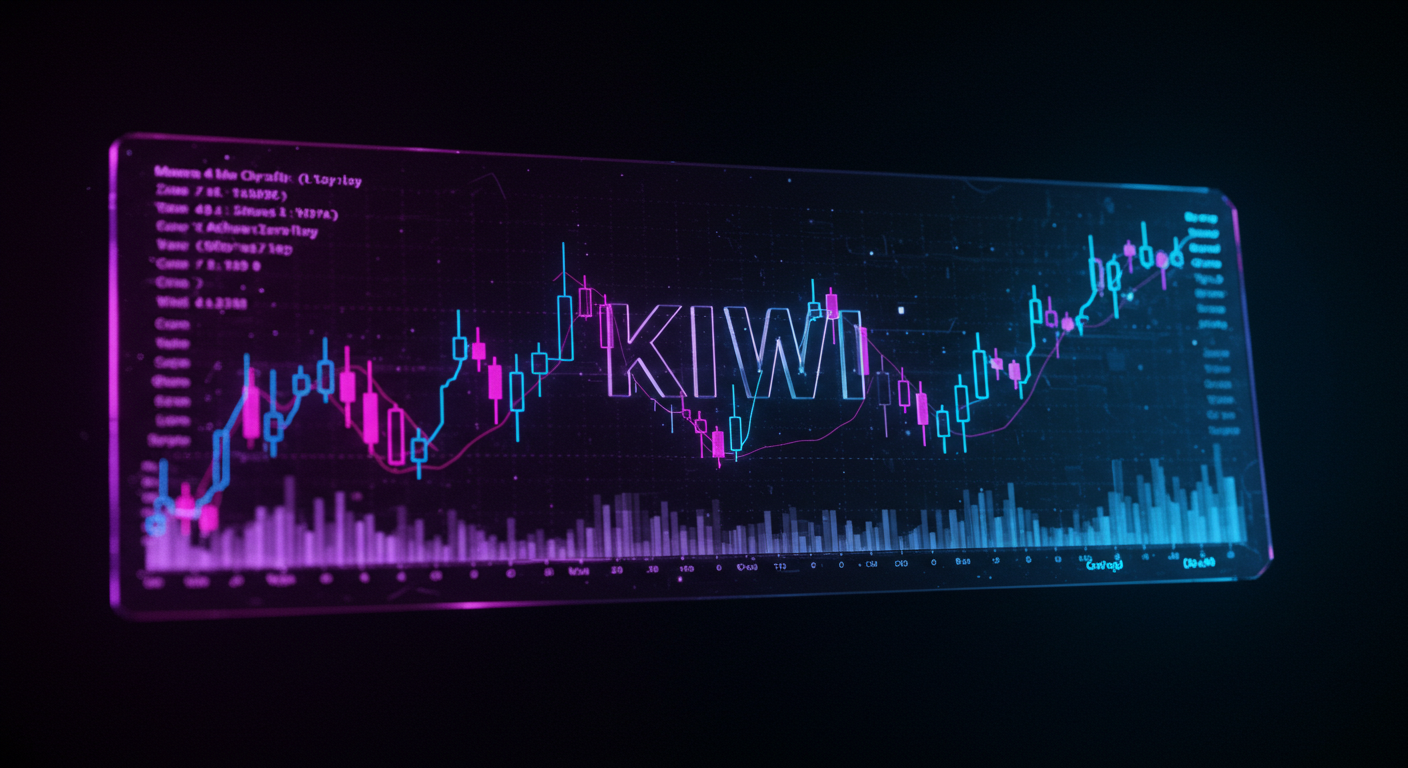
The NZD/USD pair rose to almost 0.5850 as the US Dollar weakened following President Trump’s announcement of tariffs. A 34% reciprocal tariff on China, alongside existing 20% import duties, has heightened concerns over the US economy.
The US Dollar Index fell to around 101.30, a six-month low, with fears of recession looming as higher tariffs could raise costs for domestic companies. The US ISM Services PMI for March dropped to 50.8, well below the expected 53.0.
New Zealand Exposure To China
New Zealand’s economic outlook is clouded due to its reliance on China, which faces additional tariffs. These developments raise concerns over the Chinese economy, further impacting the NZD.
The implications of recent tariff decisions have stirred reactions across currency markets, and the knock-on effects for derivative instruments tied to the NZD/USD pair are now evident. With the US Dollar taking a step back — notably dipping to 101.30 on the DXY — we’re seeing a logical upward shift in the Kiwi, trending just below the 0.5850 level. This follows the reaction to escalating trade restrictions, announced in Washington, that raise friction with Beijing. A 34% trade barrier on Chinese imports, layered on top of existing 20% rates, has delivered markets a jolt, signalling higher production costs and narrower margins for many US-based companies operating internationally.
From a macroeconomic perspective, the drop in the US ISM Services PMI to 50.8 is more than just a soft figure; it further anchors fears that forward momentum in the services sector may be thinning out. That number, which missed forecasts by 2.2 points, marks the weakest performance in months and now places the US recovery path in question again. From where we stand, the tone from traders has already shifted. There’s clearly a preference toward rotating out of Dollar-heavy exposures and into assets less tied to tightening US economic conditions.
On the other hand, New Zealand’s dependence on Chinese demand continues to pull sentiment lower. The concern isn’t only about Chinese imports facing tariffs — it’s about downstream effects: softening consumption, dampened factory output, and less appetite for commodities and exports supplied by countries like New Zealand. With that in the background, the recent bounce in the Kiwi carries a hint of fragility. Markets seem to be pricing in near-term hesitation rather than longer-lasting recovery in demand.
Market Positioning And Risk Sentiment
For those of us watching implied volatility and positioning through options chains on the NZD/USD, the elevated skew towards calls signals a short-term lean to the upside. That said, open interest data suggests the market isn’t overly convinced there’s strong conviction beyond the 0.59 level. If we continue to track macro numbers out of both economies — particularly services and export activity — we may spot where those expectations start to adjust.
The near six-month low in the Dollar Index can also push longer-term forex models to reassess range expectations. Any further confirmation that service-sector data is softening in the US gives further credence to the current market reaction. In practical terms, we should be preparing for increased rate sensitivity where each piece of economic data — especially CPI and jobs figures — may spark quick revaluations across forwards and options spreads.
As for the Yuan’s current levels, pressure remains. This, naturally, trickles back towards antipodean currencies, especially where trade channels remain deeply interwoven. One would watch how positions are layered on NZD futures over the next two weeks; there may be more temptation to sit on the sidelines or reduce exposure as headline exposure to trade disputes heats up once more.
For those managing cross-currency swaps or short-term FX vol bets, hedging strategies will depend on how sticky these tariffs become. If rhetoric from either side cools, so too could some of this directional movement. But right now, flows suggest the focus is on downside risk mitigation, especially over the next quarterly cycle. We’ll remain alert to positioning changes, particularly considering next week’s central bank commentary, which could inject a new set of variables into already jittery rate assumptions.







